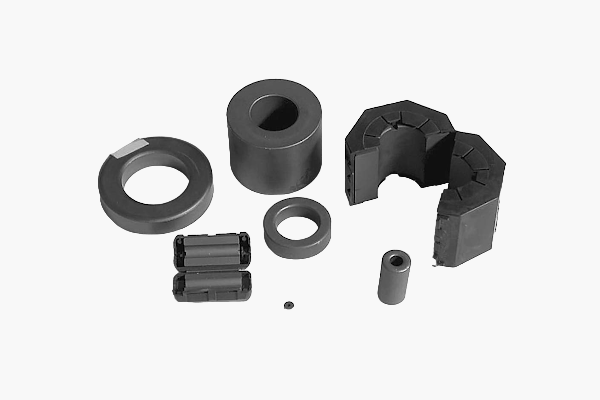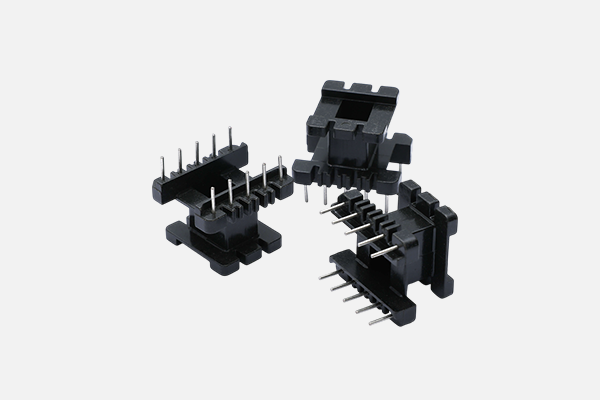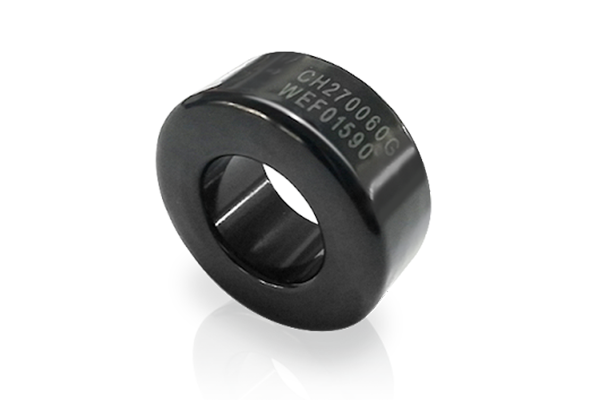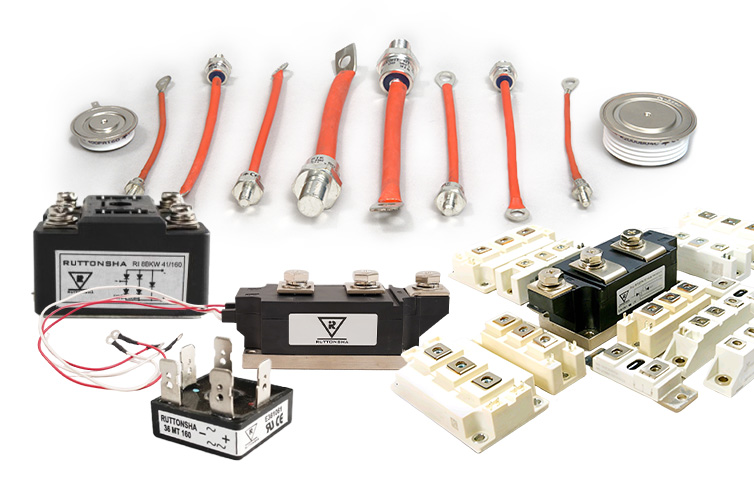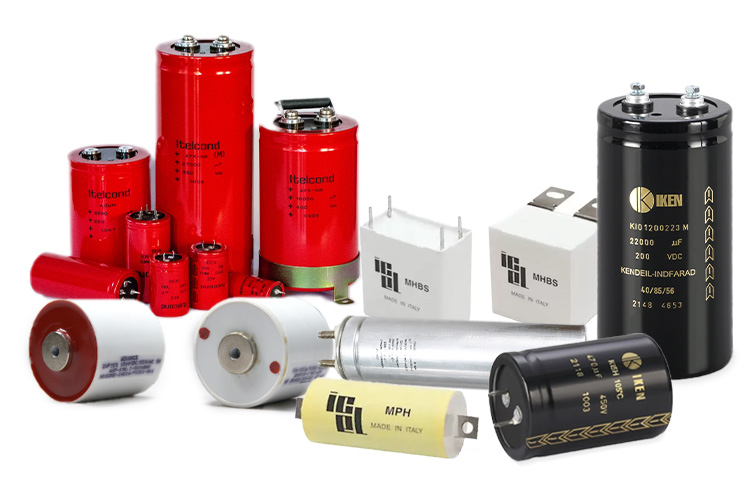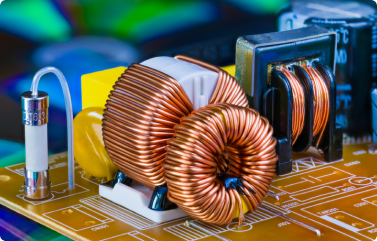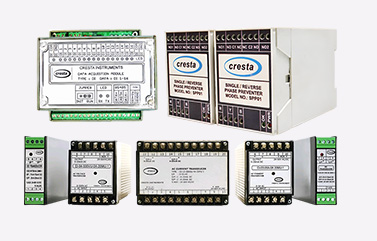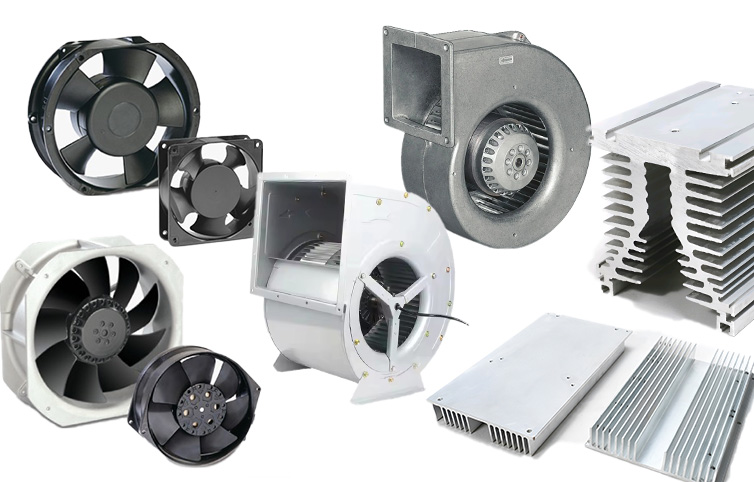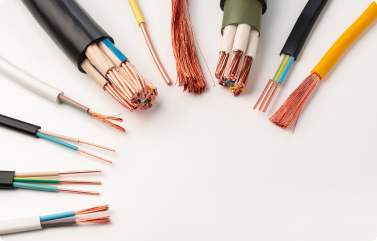Amorphous cores find wide-ranging
applications across various industries, particularly in sectors where energy
efficiency, compact design, and reduced operational costs are critical. Here are
some of the most prominent applications:
Energy-efficient
Transformers: : Amorphous core transformers are renowned for their
energy-saving capabilities. With significantly lower core losses compared to
traditional transformers, they reduce energy wastage, leading to cost savings
and a lower environmental footprint. These transformers are particularly
beneficial in applications such as power distribution, where minimizing energy
losses is crucial for operational efficiency.
Inductors and
Chokes: In power electronics, inductors play a pivotal role in
filtering, energy storage, and power conversion. Amorphous core inductors, with
their low losses and high magnetic permeability, ensure improved performance in
DC-DC converters, inverters, and other power management systems. They are also
used in choke applications to reduce noise and EMI (electromagnetic
interference), making them essential components in modern electronic devices.
Power Electronics:
The growing demand for renewable energy sources and electric vehicles has
accelerated the adoption of amorphous cores in power electronics. Their ability
to handle high frequencies and temperatures, combined with their low core
losses, makes them an excellent choice for high-frequency transformers and other
components in inverters, converters, and motor drives used in renewable energy
systems and electric vehicles.
Uninterruptible Power
Supplies (UPS): Amorphous cores are widely used in UPS systems, where
efficiency and reliability are critical. These systems must maintain continuous
power flow during outages, and amorphous core transformers ensure minimal energy
loss while delivering uninterrupted power to critical loads.
High-frequency
Applications: In high-frequency applications such as telecommunications,
aerospace, and industrial automation, amorphous cores are favored due to their
ability to maintain performance at elevated frequencies without significant
losses. They are often used in high-frequency transformers, sensors, and
filters, where precision and efficiency are paramount.

